The skincare industry is one of the most lucrative in the world. Currently, experts predict that it will be worth around $200.25 billion by 2025. That’s an incredible opportunity for aspiring entrepreneurs interested in starting a skincare line!
Whether you’re planning to sell moisturizers, masks, exfoliators, or skin-tightening products, you’ll always have a market among consumers who want to look their best and boost their confidence.
Plus, with many people looking to build their self-esteem after months of spending time indoors, now is a great time to learn how to start your own skincare line.
Below, we’ll take you through how to start a skincare line from scratch, with handy tools and advice you can apply to establish a successful skincare brand.
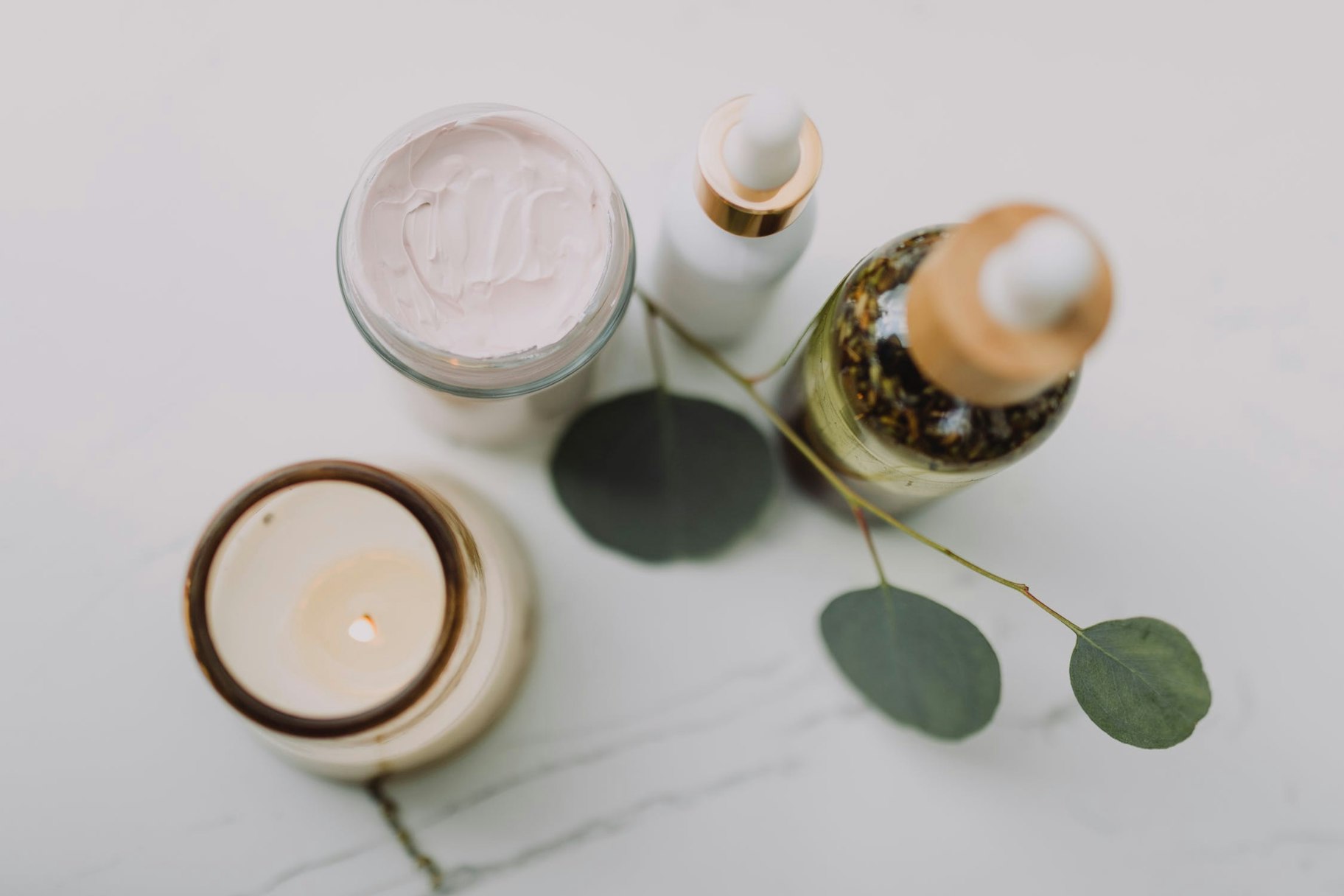



How to Start a Skincare Line in 7 Steps
1. Meet the Legal Requirements
Launching your own skincare line is exciting. You’ll probably be eager to start mixing up ingredients and picking the perfect packaging, but there are a few legalities you’ll need to address first.
To start, read up on the Food, Drugs, and Cosmetic Act (FD&C Act). The FDA uses this act to ensure that all skincare products meet the right standards for both quality and safety. Essentially, your products must be safe for consumers to use and properly labeled.
→ Click Here to Launch Your Online Business with Shopify
If you’re manufacturing skincare products at home, you’ll need to ensure you’re following the Good Manufacturing Practice checklist available from the FDA. This will help you set up your manufacturing space to comply with the rules established for home-based cosmetic manufacturing.
Additionally, consider any licenses and documentation you might need to protect your brand. If you’re not certain what’s suitable for your business, talk to an attorney about:
- Professional liability and product liability insurance
- Cosmetic and skincare licensing (as well as professional licensing for services)
- Health and safety certifications
2. Identify Your Niche
Skincare is a huge industry, covering everything from sunscreen to cleansers, makeup, moisturizer, and countless other products. You’ll need to niche down to find a specific market for the products you’re going to sell. For instance, the “Lush” skincare brand specifically designs environmentally friendly products for ethically conscious customers.
Think about what kind of products you want to sell, like exfoliators, creams, serums, moisturizers, acne treatments, or facial oils. Next, ask yourself what will make your product different and what kind of customer your unique selling point might attract.
Here are some examples of skincare niches to give you ideas for your line:
- Luxury skincare: Indulgent products and treatments made with high-quality ingredients. You might produce dermatologically tested solutions designed for people with a higher budget, like face masks with their own gold flakes.
- Specialist treatment: These products are meant to treat a specific skincare issue, like dry skin or acne. You could produce sunscreen for people with hypersensitive skin or serums for people with oily skin.
- Socially conscious skincare: Skincare designed with natural, conscious products is particularly appealing to today’s audience. Choose a vegan line or a solution that never tests on animals to attract an eco-friendlier audience.
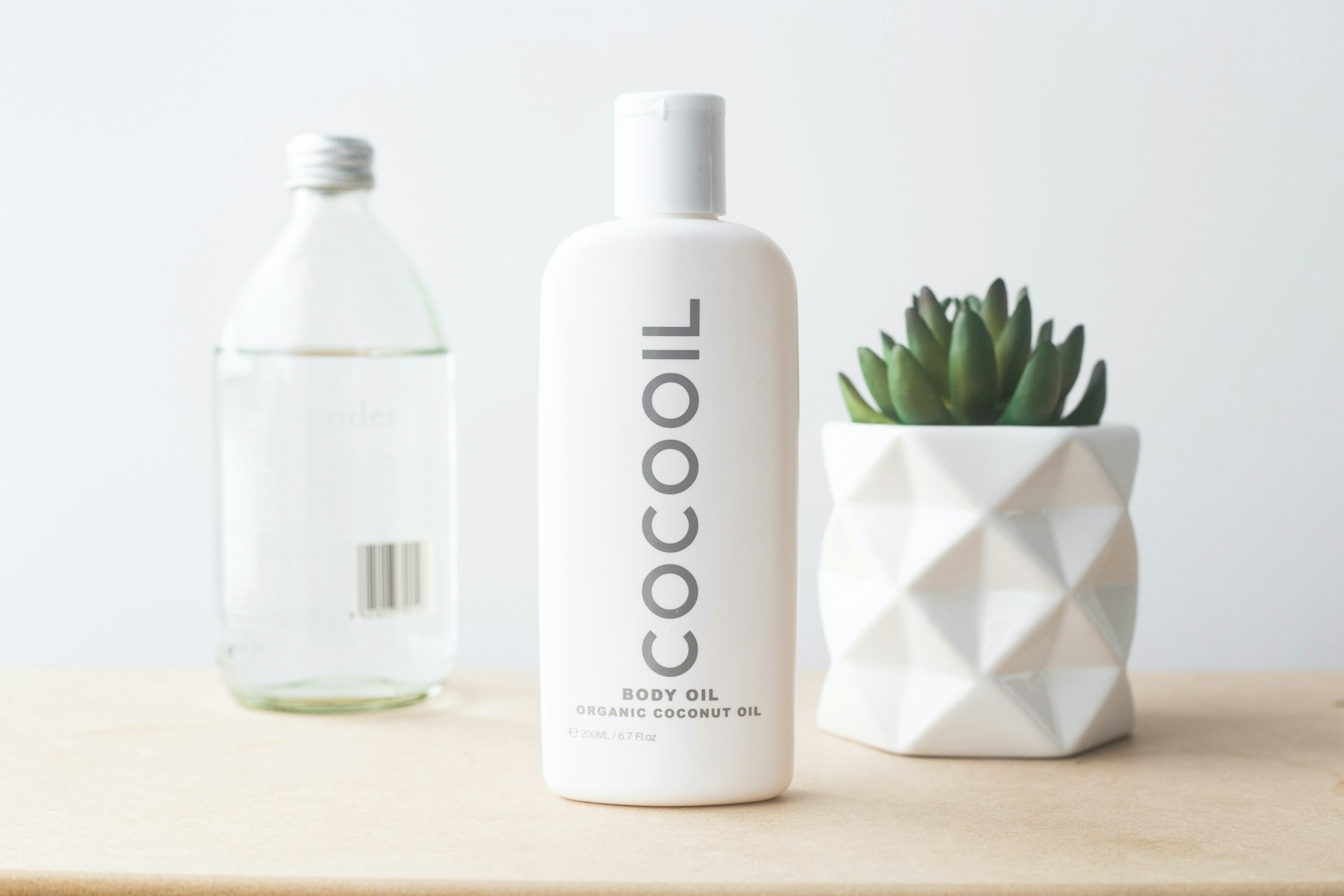
3. Choose a Hero Product
As your skincare business grows, you’ll add new products to your portfolio. But to begin with, you’ll need a specific item to grab customer attention. This specific product will be your flagship, or as popularly referred to in the skincare industry, your “hero” product.
Your hero product is the most exciting product you have to offer when your business launches. Think about which item could be the poster child for your upcoming skincare line. One idea is to choose a product that solves a specific pain point for the consumer.
For instance, the hero product for the Wunder2 company is its “semi-permanent” makeup, like the “Wonderbrow” gel for eyebrow shaping. The product attracts the attention of customers because it saves them from having to fill their eyebrows regularly. Though the company has other items to sell, it’s the long-lasting “wonder” products that get the most attention.
Another way to identify your hero product is to define your brand values and message. If your skincare brand is all cruelty-free products, make sure your hero product is cruelty-free too. Pick a product that reflects your brand image.
4. Find a Manufacturer
Unless you’re making all of your skincare products in the comfort of your own home, you’re going to need a reputable manufacturer. Choosing the right manufacturer can take a lot of pressure off your shoulders when you’re designing your own line.
A good manufacturer can produce your items in bulk, with speed, and according to the highest regulatory standards – so you can focus on building your brand. All you need to do is make sure you’re picking a company you can trust.
In the US, there are plenty of companies that make skincare products on order, such as:
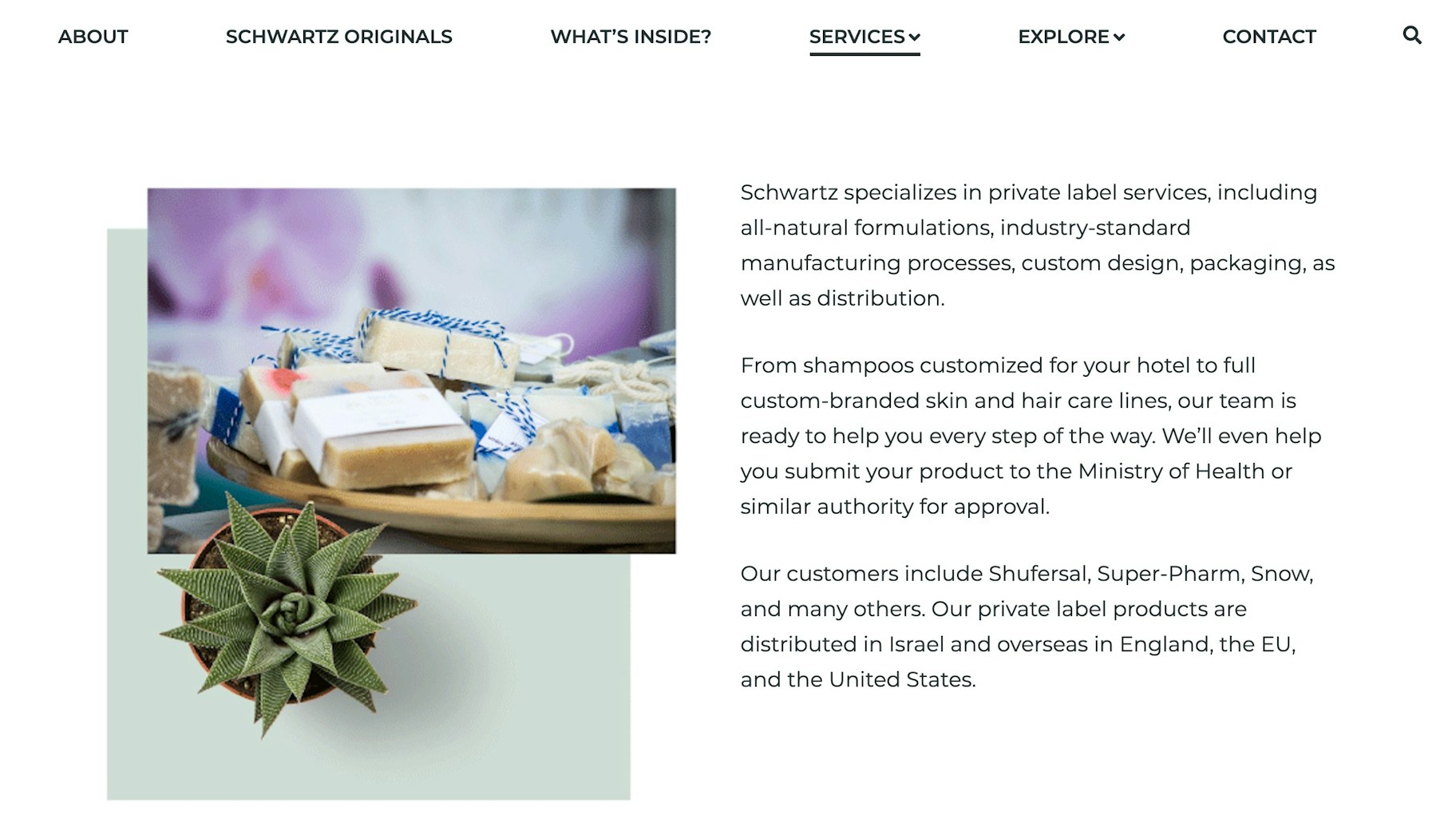
Picking a local manufacturer means you’re more likely to be able to contact your partner whenever you need to and get products shipped faster.
On the flip side, choosing an overseas manufacturer gives you access to a wider range of products for a lower price. However, it’s important to vet your supplier carefully, especially if you’re considering ordering from OEM manufacturers on sites like Alibaba. Look at things like:
- Expertise: Does this supplier have plenty of products to offer that are suitable for your chosen niche? How long have they been producing products in this industry?
- Compliance: Are the manufacturers you want to work with compliant with the health and safety standards of the countries you’re hoping to sell in? Ensure they have the right licensing in place and check what kind of materials they use to produce their products.
- Shipping: How quickly can your manufacturer make and distribute your products? Although working with overseas companies can be cheaper, it’s no good if your customers have to wait months to get their items.
It’s also worth looking into the kind of customer service you can expect. How long will you need to wait for a response if you have concerns or questions about a product?
5. Create Your Skincare Brand
Customers don’t just fall in love with your product — they develop a relationship with your brand and the personality you build for your business.
Your skincare brand will be a combination of everything you use to set yourself apart from the competition. This includes not just your product line but your packaging choices, brand colors, logo, and even your business name.
Here are the main steps involved in brand building:
Choose a business name
Your business name is one of the most memorable aspects of your brand. Ideally, you’ll want to choose something that relates to your brand values. For instance, an organic skincare company might use a name like Organica Beauty. Where possible, keep your name short, easy to spell, and simple. It’s also important to double-check the name is available before you try using it. Use these business name generators to check availability and get ideas for the name.
Create a logo
Alongside your name, your logo is likely to be the first brand asset your customers recognize. A great logo will distill the key values of your business into a single image. A luxury skincare brand might use shapes connected with luxury, like diamonds, while an organic brand might use shapes from nature, like leaves. We’ve got a list of free logo makers that you can use to create your brand’s logo.
Design great product packaging
Your packaging needs to represent your brand while protecting your products. Choose something you can customize with your brand colors and logo, but ensure the packaging is practical. Great product packaging is innovative, lightweight, and eco-friendly. For instance, you might have a recyclable moisturizer pot that doubles up as a collectible storage container for your customers.
6. Build an Online Store
With your products and brand now ready to go to market, it’s time to create your online store.
The good news for today’s skincare brands is that ecommerce platforms make it easy for anyone to start selling products online. For example, you can build an online store with Shopify without needing any technical assistance.
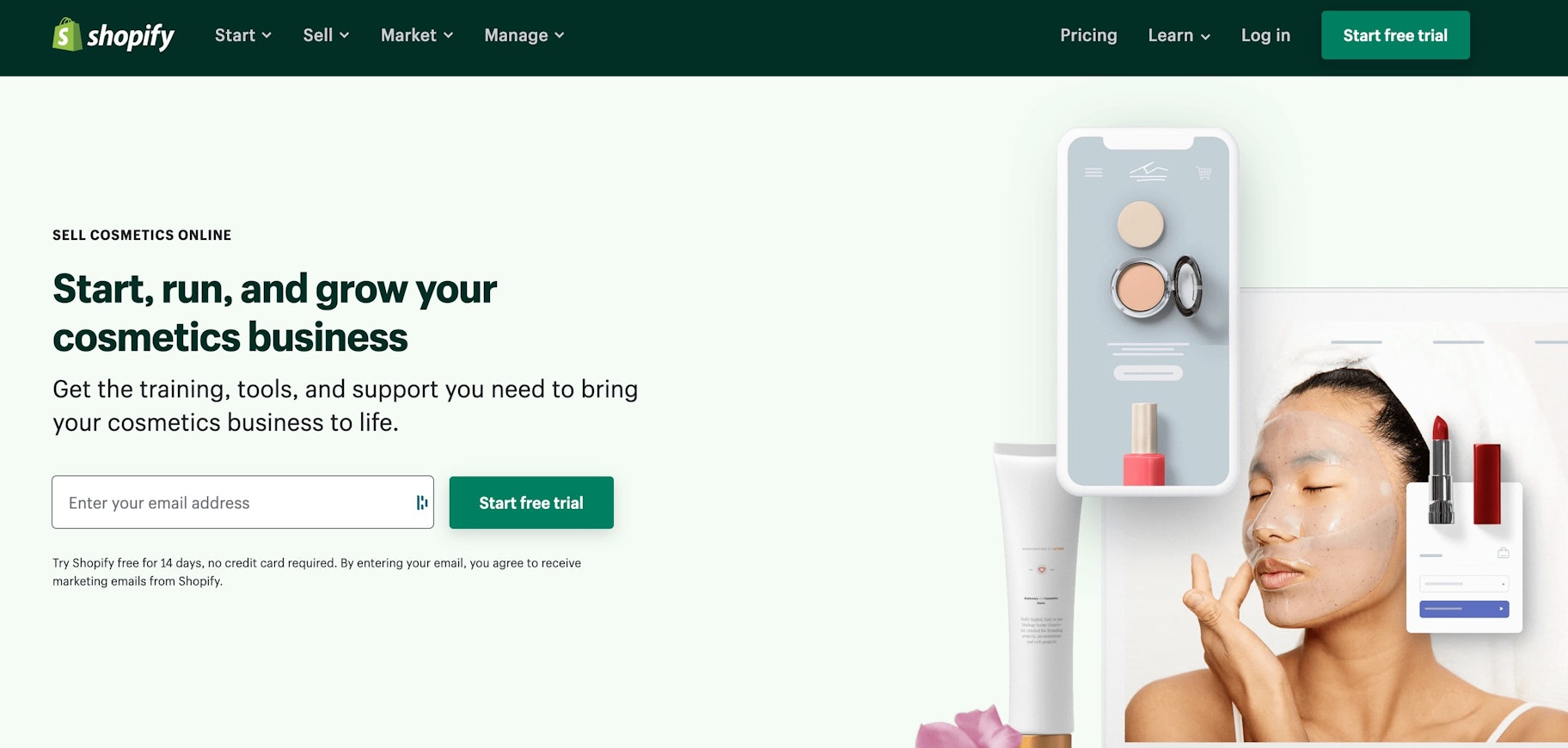
You’ll simply sign up for a Shopify account, choose your theme, and make changes to your shop’s layout based on your brand. Although the exact pages you need for your store might differ, most companies will at least need the following:
- About page: Set up a page where you introduce your customers to your company and share the unique selling points that make your products special. Check out these about us page templates for inspiration and design ideas.
- Product pages: Create pages to show your products off with professional photography and epic product descriptions. Make sure you know which words your customers are looking for when searching for your products online, so you can add them to the appropriate product listing.
- Marketing tools: Make sure your website has an email newsletter signup form so you can nurture customers who might not be ready to convert straight away. It’s also worth having a blog for content marketing and links to your social media accounts for community building.
You can further boost the performance of your skincare website by accessing applications and plugins for your store. Shopify has a huge app market full of great tools for skincare marketing. For instance:
- Lookbook: Allows you to feature stunning lifestyle photos of people using your products.
- Limespot personalizer: Supports companies in upselling and cross-selling similar products.
- Easy video: Ensures you can add video content to your product pages.
- Decorative cosmetics try-on: Invites customers to virtually apply cosmetics to see what they might look like.
- Swatches: Offers quick access to a range of color swatches (ideal when you’re selling multiple versions of the same product.
Besides all that, Shopify provides you with access to stunning pre-built templates, which you can customize to suit your brand image.
7. Market Your Skincare Line
Now it’s time to get your products in front of the right people.
As the skincare industry continues to grow, there’s a lot of competition out there for budding brands. Having the right marketing strategy should ensure you can outshine your competition and draw the attention of the customers most likely to benefit from your product.
Use your user personas to think about what kind of marketing materials are most likely to appeal to your target group and where they’re most likely to see your campaigns. For instance, younger audiences are more likely to look for skincare products on TikTok, while older audiences might prefer traditional TV or Facebook ads.
Once you’ve figured out where people are most likely to see your ads, experiment with strategies proven to make a difference in the beauty and skincare world, like:
- Social proof: It’s no secret that people check product reviews before buying something. Encourage your existing customers to leave reviews and testimonials on your products to help convince other clients that your skincare products are worth their time. You can use apps like Yopto to generate social proof and and watch for organic @mentions on social media.
- Influencer marketing: Connecting with the right influencer will instantly give your brand more credibility. Look at the kind of people your customers already trust online and invest in partnership opportunities with them. You can offer your influencer partners free products in exchange for an honest review or partner with other complementary beauty brands on competitions and giveaways to gain trust by association.
- User-generated content: Today’s customers are less trusting of brands. Before clients feel confident enough to use your skincare product themselves, they’ll want to see evidence of other people using it. Reposting photos of other customers wearing your facemasks or clients’ videos using your moisturizer will act as excellent social proof. This user-generated content is also a great way to boost your credibility as a business. For instance, @Illumasqua frequently posts pictures of their customers using their products with @mentions.
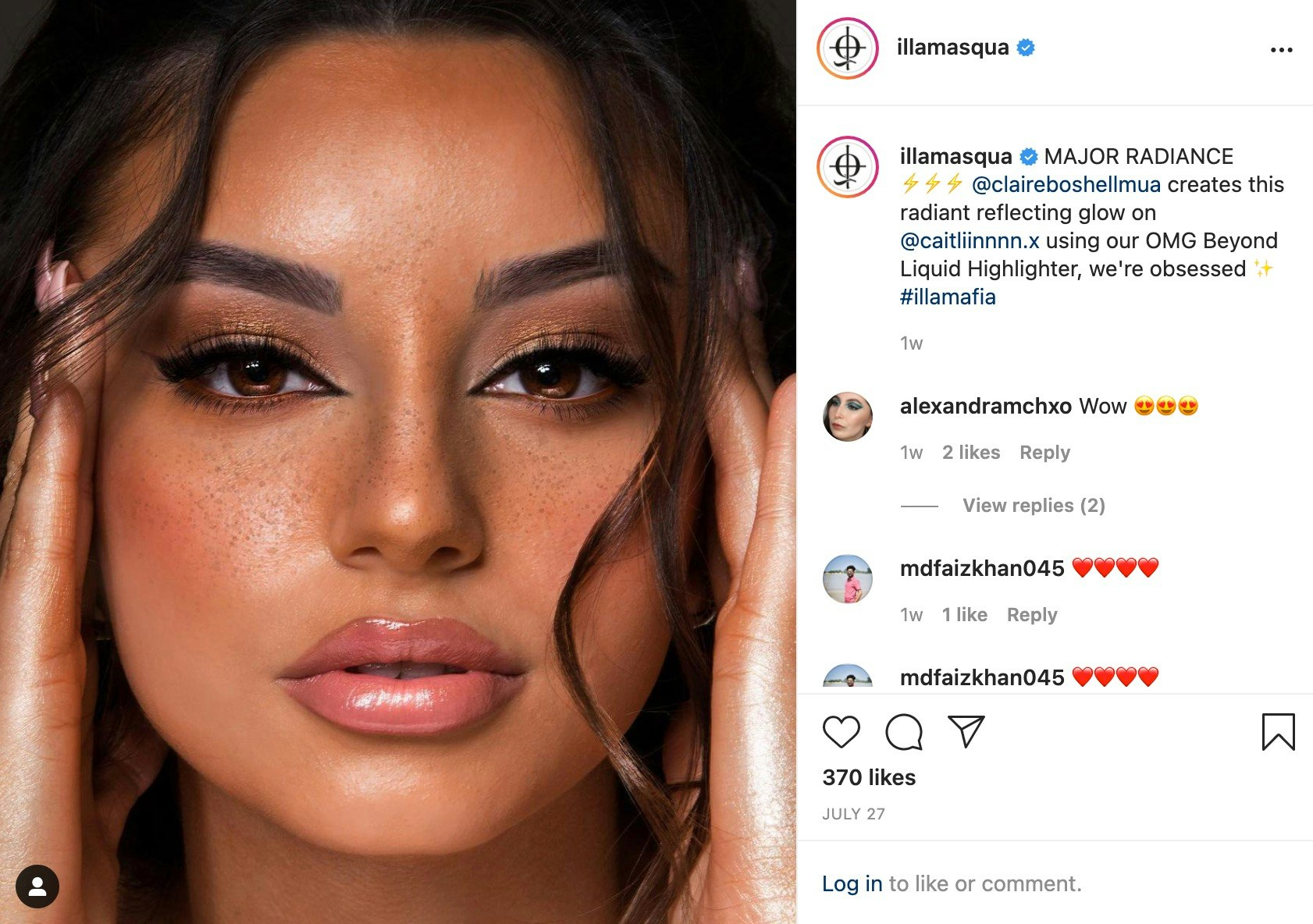
Pay attention to how your customers respond to your campaigns to determine which efforts are worth investing more into.
Summary: How to Create Your Own Skincare Line in 2023
There you have it — everything you need to create your skincare line from scratch.
With the skincare industry growing rapidly, now is a great time to unleash your skincare brand on the world.
Although the niche is a competitive one, it also has room for new players ready to jump on trends and fill gaps in the industry.
→ Click Here to Launch Your Online Business with Shopify
In summary, here are all the steps to making your own skincare line and selling it online:
- Meet the legal requirements
- Identify your niche
- Select your hero product
- Find a manufacturer
- Create your skincare brand
- Build an online store
- Promote your skincare line
Frequently Asked Questions About Starting a Skincare Business
How Much Does It Cost to Start a Skincare Line?
Starting a skincare line of your own does require some initial investment, but the amount you spend will often depend on the kind of company you want to run. Costs range from about $2,000 to $20,000 in most cases, depending on your product selection, order numbers, packaging requirements, and more. Don’t forget to account for the cost of branding activities, such as logo and website design.
If you’re ordering from a manufacturer, it’s also a good idea to check if they have any minimum order requirements. Some companies will require you to buy dozens or hundreds of units at once.
How Do You Price Skincare Products?
Choosing the right price for your skincare products means considering your target market. Know the costs of your raw materials, along with any prices for overheads and packaging. Multiply that cost by around 5 or 6 to determine what your retail price should look like. If you’re planning on selling wholesale, you’ll need to prepare to give some big discounts.






